|
Our names—oh, those unique identifiers. They are varied. They are special. They are unique, unless, of course, you hold the moniker of John Smith. I say that only in jest, because not all John Smiths are created equal, and that is the ultimate beauty of individuality in a society that is slowly becoming more and more homogenized. That may be okay for milk, but I’m not a big fan of globalization and sameness among people, places and experiences. I like authenticity (the quality of being authentic or genuine) and diversity (the presence of differences within a given setting). That’s what makes Frederick so special, and in the same breath, the same can be said about Mount Olivet Cemetery. Back to the name business, nowhere can the originality of the subject of diversity be seen more clearly than at a cemetery. Thousands of names are etched upon gravestones, markers and monuments, everywhere you look. In some cases, you may spot ones that are distinctly “Frederick,” meaning they have been handed down for generations from original settlers dating back to the town and county’s founding in the mid-1700s. Other times, enlightenment comes with a name you’ve never seen before. This usually pertains to surnames, but can surely include first names too. A stroll through this place can supply expectant couples plenty of options. Don’t laugh, throwback names from yesteryear are just as great as the trendy names offered by today’s “social influencers.” The jury may still be out on Orville, Milton, Gilmer, Hiram, Viola, Hester, Cora, or Bertha, but I’ve got four sons with names that are a little different from their respective college and high school classmates. These include Jack (John), Nick (Nicholas), Vinnie (Vincent) and Eddie (Edwin). I’ve been asked what’s the strangest first name I’ve encountered during my time here. Up until recently, three immediately come to mind in Gamaliel Easterday, Lycurgus Hedges and Confederate Row’s Raisin Pitts. However, I have seen a new light with the discovery of the absolute, strangest first name in Mount Olivet—Strange. That’s right it’s actually the name “Strange,” itself. Ladies and gentlemen of the jury, I present the gravestone of the decedent found in Area X/Lot 82. The grave of Strange Hall Talbott surely will elicit a doubletake. I was curious to learn more, but could not find a definitive rationale for the name as there could be a clever story of association that has been lost in time. Maybe this individual looked “strange” as a baby? Maybe the pregnancy came under questionable (strange) circumstances? Was his birth unusual or abnormal? At first glance, I thought my subject was related to the local family connected to the oft-mentioned Talbott’s Tavern that once sat at the west end of West Patrick Street’s first block. This was purchased by Mr. Talbott in the 1820s from Catherine Kimboll, who had kept an ordinary here for quite some time. The site would continue its history as a popular inn as it would eventually become the famed City Hotel. Frederick Diarist Jacob Engelbrecht and our local newspapers of the time document the fact that notable historical figures would stay here while visiting our fair town. These included such persons as Andrew Jackson, Henry Clay, Davy Crockett, James Polk and Zachary Taylor. Many of these distinguished visitors chose Joseph Talbott’s tavern for their personal lodging, which may indicate that it was one of the finer establishments in town. In the year 1824, Talbott’s Tavern/Hotel welcomed French general Marquis de Lafayette during his grand tour of the United States. While here, Lafayette received and greeted the public. Several celebrations were held, including a public dinner and ball for the great hero of the American Revolution. Joseph Talbott’s tavern was rebranded the City Hotel around 1831, and demolished in the 1920s to make way for the Francis Scott Key Hotel, which eventually became luxury apartments. Joseph can be found living in Baltimore in the 1850s and appears to be running a guesthouse. Interestingly, I took note that his next-door neighbor was merchant Samuel Hinks, who is buried here and the subject of one of these “Stories in Stone” back in April of 2018. Hinks would serve as “Mobtown’s” mayor from 1854-1856, and would later retire to the Landon House located in nearby Urbana. A final note regarding Joseph Talbott is that he would die in 1857, and is buried next to his wife Jane (nee Daniel) in an unmarked grave within Mount Olivet Cemetery in Baltimore. We have three of Joseph’s grandchildren buried here in Frederick’s Mount Olivet, all the children of Mahlon Talbott, who had a career as a lawyer both here and in Baltimore. Two of the three children died before Mount Olivet opened and were originally buried in All Saints Protestant Episcopal burying ground along Carroll Creek. These bodies were moved here by local shopkeeper/grocer Basil Norris, who is responsible for moving his own two daughters’ bodies to the Norris family plot (F9-12) when the cemetery officially opened in 1854. As a matter of fact, it was Mr. Norris who erected the very first monument here in Mount Olivet to the memory of his teenage girls. 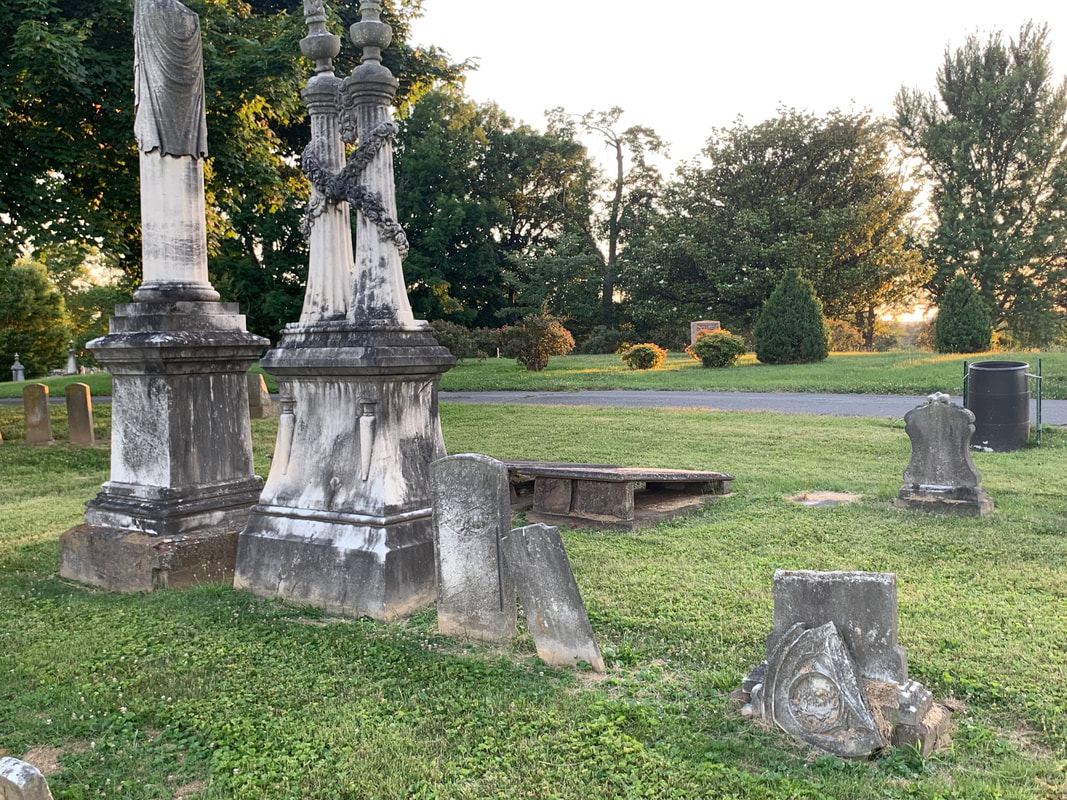 Basil Norris' Lot 10 in Area F contains the graves (and gravestones) of three of Mahlon Talbott's children located to the right of the taller twin-columned monument (the very first in the cemetery). From left to right are the graves of Joseph Henry Clay Talbott (1837-1852), John Charlton Talbott (1834-1835) and Annie Elizabeth Talbott (1833-1856). The boys' deaths predated Mount Olivet's opening and they were reinterred here from All Saints' Protestant Episcopal Cemetery in June 1854. Annie was 22 years of age when she died in 1856 in Baltimore. There are 28 Talbotts buried here in Mount Olivet to date. I recall recently seeing the grave of Dr. Henry Thomas Talbott (1866-1909), a physician of Charles Town, West Virginia who married Lilian B. Hedges (1865-1892), daughter of the fore-mentioned Lycurgus Hedges. I pointed out Lilian’s beautifully carved stone with floral design to participants of a spring/garden-themed walking tour for our Friends of Mount Olivet this past April. Dr. Talbott’s father has a large monument on Area R/Lot 108. Henry Odel Talbott (1826-1913) was a former banker who spent most of his career in Charles Town as well. These Talbotts hailed from the Beallsville area just across the Montgomery County border to our south. Henry Odel’s father (Henry Warren Talbott 1780-1859) and grandfather (Nathan Talbott 1763-1839) are buried in the old Monocacy Cemetery located at the southern foot of Sugarloaf Mountain. Nathan was a Revolutionary War Patriot who apparently enlisted here in Frederick. His father (William Talbott 1715-1781) came to Frederick, (today’s Montgomery) County from Prince Georges County and established a plantation here near present-day Poolesville. He was among a group of white settlers who attempted to grow tobacco as they had successfully done in southern Maryland. The family had been in Maryland since the early 1700s, hailing from Yorkshire, England. Our subject, Strange Hall Talbott, had roots in West Virginia, and came to Frederick later in life. He spent his retirement at an iconic -looking house located on the southeast corner of East Third and East streets. This is diagonally across from St. John’s Catholic Cemetery. 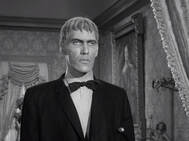 Strange Hall Talbott was born on May 27th, 1882 to parents David Wesley Talbott and Celise Ruth Rogers. In case you were curious, the meaning of Celise is “the one who takes God as the oath.” The family was living in Philippi, West Virginia, a town of 3,000 people, county seat of Barbour County and the site of a Civil War battle in 1861. Although a minor skirmish, the Battle of Philippi is considered the earliest notable land action of the American Civil War. For over a century, Philippi has been home to Alderson Broaddus University, a four-year liberal-arts school affiliated with the American Baptist Churches. I was delighted to learn that Philippi also served as the childhood home to actor Ted Cassidy (1932–1979), who played the roles of two of the “strangest” characters in television history. These included "Lurch" and "Thing" on the 1960s TV show The Addams Family. Mr. Cassidy was raised in Philippi, graduating from Philippi High School around 1950. 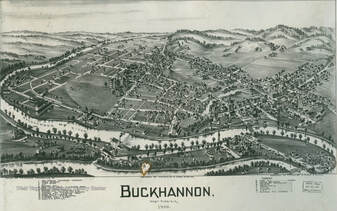 I couldn’t find much on Strange Hall Talbott and his life in Philippi outside of census records. I scoured his family tree and on original attempt couldn’t find “Strange” as a first, or last name. Upon further research, I found a few early (West) Virginia settlers who had the combination of “Strange Hall” in their names. In particular, I discovered a Jonathan Strange Hall (1797-1875) who settled in the “Collins Settlement” in what would later become Lewis County, WV. This was to the southwest of Barbour County. Jonathan Strange Hall had 12 children, with the sixth being Mary Hall, born at Skin Creek in 1827. Mary would wed David J. Talbott (1822-1898) in 1845. In looking into the Talbott family, which appears also as Tolbert, I found the couple living in Buckhannon, Upshur County, which neighbored both Barbour and Lewis counties. This group, the Talbotts, were also early settlers of this area in the 1700s when the region was still part of Virginia. West Virginia would not become a separate state until 1864. There is a gray area in the genealogical record involving this family with a generation connection. Ancestry.com trees and a few census records show a man named Enoch Talbott as our subject’s father, however, our Mount Olivet cemetery records and those pertaining to our subject show his father as David Wesley Talbott (1852-1917), a resident of Philippi. My “David Talbotts” don’t simply have the “strange” connection I was hoping for. David Wesley Talbott (father of Strange) is shown to be the son of Enoch Talbott (1832-1901) and wife Susan O’ Neal. Perhaps a relative can bail me out on this? Regardless, Strange Talbott worked on the family farm during his youth and attended school. He married Minnie Ella Rohr on November 25th, 1898, in Barbour County and lived south of Philippi in the village of Union for about 10 years. The family would have no children and relocated to Buckhannon, Upshur County by late summer 1918. Strange did not serve in World War I, but registered for the draft as was mandatory. The census of 1920 shows Strange running a truck farm. The same would hold true ten years later in 1930. Minnie would die in 1931, and our subject remarried Ora V. Linger (b. February 12th, 1904) in 1934. She was the daughter of a schoolteacher, John C. Linger and lived nearby outside Buckhannon. As a fitting aside, Ora is a name of Latin origin meaning "prayer.” The couple continued living off the Brushy Fork Road southwest of Buckhannon. Strange retired in 1947 and would come to Frederick with his wife of 14 years. This move east could have been precipitated by Ora’s sister and parents living in nearby Hagerstown. Another brother lived in Martinsburg. The Talbotts were deeded their property here on August 26th, 1947 by P. Luther Rice of Frederick. The 1950 US Census gives us a little clue to what the couple were up to, along with a few boarders found living with them at this time. Strange Hall Talbott did not make the papers as far as I can see. He didn’t get in trouble or do anything newsworthy either. His name finally appears in late June upon his death on 18 June 1959 at the age of 77. He would be buried in front of a row of Hemlock trees in Area X/Lot 82. Ora died a week shy of her 61st birthday on February 5th, 1965. I found it only fitting that the paper would boldly refer to her as "Mrs. Strange H. Talbott" in the header instead of Ora L. Talbott. 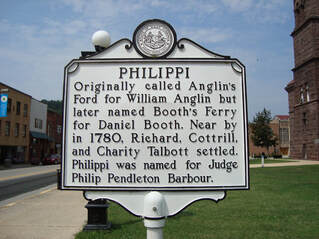 Talbott Family History In looking again at the Talbott family, I see a major branch in Maryland, and of course another in Virginia/West Virginia. Strange’s family was a shining example of the early “wild west” and westward migration, although he would reverse that trend with his move east 150 years later. I found out more about his ancestors in Barbour County from some old histories of the area republished online. There is even a community named Talbott in honor of founder Robert R. Talbott, who moved here in the year 1846. This is located off Route 48 midway between Elkins and Buckhannon. Robert R. Talbott came from a few miles north of Philippi and built his cabin before he brought the family of a wife and one small child. Supposedly, it took them two days to walk from their former home, and Mr. Talbott carried all of his property on his back while his wife carried their child. Earlier ancestors had come to this part of Virginia from Richmond County at the time of the American Revolution, likely as payment for military service. “The first white settlement in present-day Barbour County was established in 1780 by Richard Talbott – along with his brother Cotteral and sister Charity – about three miles downriver from the future site of Philippi. At this time, the region was still a part of Monongalia County, Virginia. The region had had no permanent Indian settlements and so conflicts with Native Americans were relatively infrequent in the early days. Nevertheless, the Talbotts were obliged to leave their homestead several times for safety and twice found it necessary to retreat back east of the Alleghenies, returning each time. No member of this eventually large family was ever killed by Indian attacks. Over time, parts of the future Barbour County were included in the newly created Harrison (1784), Randolph (1787), and Lewis (1816) Counties. Barbour County, itself, was created in 1843 and named for the late Virginia politician and jurist Philip P. Barbour (1783–1841). (Barbour had served as a U.S. Congressman from Virginia, Speaker of the House, and Associate Justice of the United States Supreme Court.) The settlement of Philippi – formerly "Anglin's Ford" and "Booth's Ferry" – was platted, named, and made the county seat in the same year; it was chartered in 1844. By the 1850s, when a major covered bridge was constructed at Philippi to service travelers on the Beverly-Fairmont Turnpike, the county's population was approaching 10,000 people.” My assistant Marilyn Veek attempted to close the gap on the Talbott-Strange connection through Mary Hall and David J. Talbott as I mentioned earlier. She found a not-so-well documented familysearch.org tree which traced Mary’s father, Jonathan Strange Hall to his father Joseph Hall (1745-1824) and mother Mary Anne Hitt (1756-1813). Mary Anne Hitt had been previously married to a man named William George Strange (1760-1795). This would have made her the widow Mary Anne Strange who later married Joseph Hall.
Apparently, there is a legend about Mary Anne’s former husband, William George Strange. This was written by David Sibray this past January and published in West Virginia Explorer Magazine. It’s worth the read, although very “strange” as you can imagine.
0 Comments
Leave a Reply. |
STORIES
|
Archives
July 2024
June 2024
May 2024
April 2024
March 2024
February 2024
January 2024
December 2023
November 2023
September 2023
August 2023
July 2023
June 2023
May 2023
April 2023
March 2023
February 2023
January 2023
December 2022
November 2022
October 2022
September 2022
August 2022
July 2022
June 2022
May 2022
April 2022
March 2022
February 2022
January 2022
December 2021
November 2021
October 2021
September 2021
August 2021
July 2021
June 2021
May 2021
April 2021
March 2021
February 2021
January 2021
December 2020
November 2020
October 2020
September 2020
August 2020
July 2020
June 2020
May 2020
April 2020
March 2020
February 2020
January 2020
December 2019
November 2019
October 2019
September 2019
August 2019
July 2019
June 2019
May 2019
April 2019
March 2019
February 2019
January 2019
December 2018
November 2018
October 2018
September 2018
August 2018
July 2018
June 2018
May 2018
April 2018
March 2018
February 2018
January 2018
December 2017
November 2017
October 2017
September 2017
August 2017
July 2017
June 2017
May 2017
April 2017
March 2017
February 2017
January 2017
December 2016
November 2016

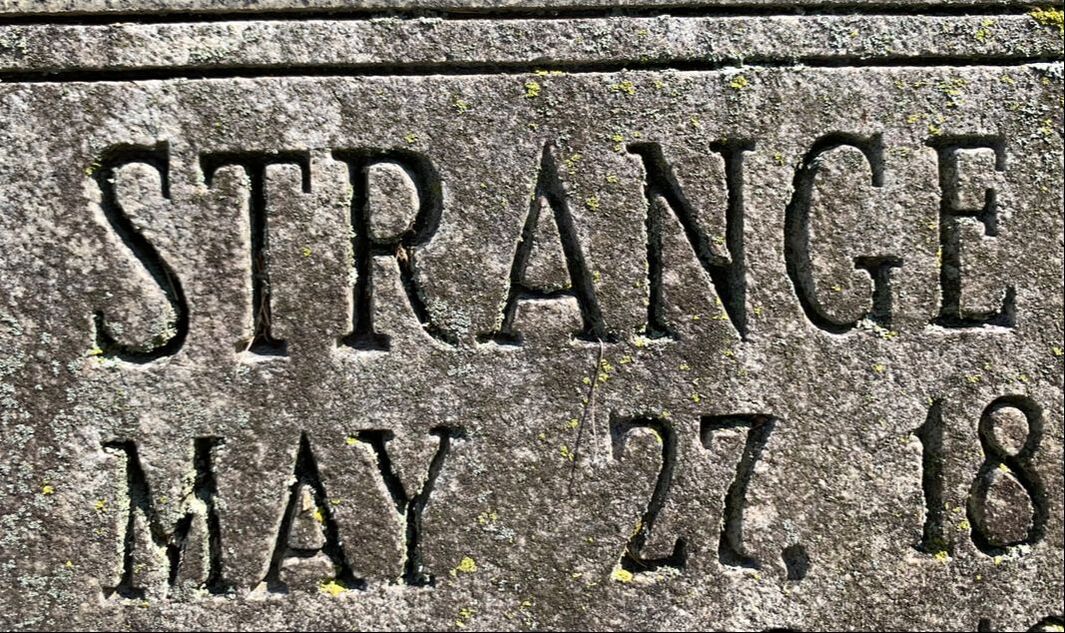
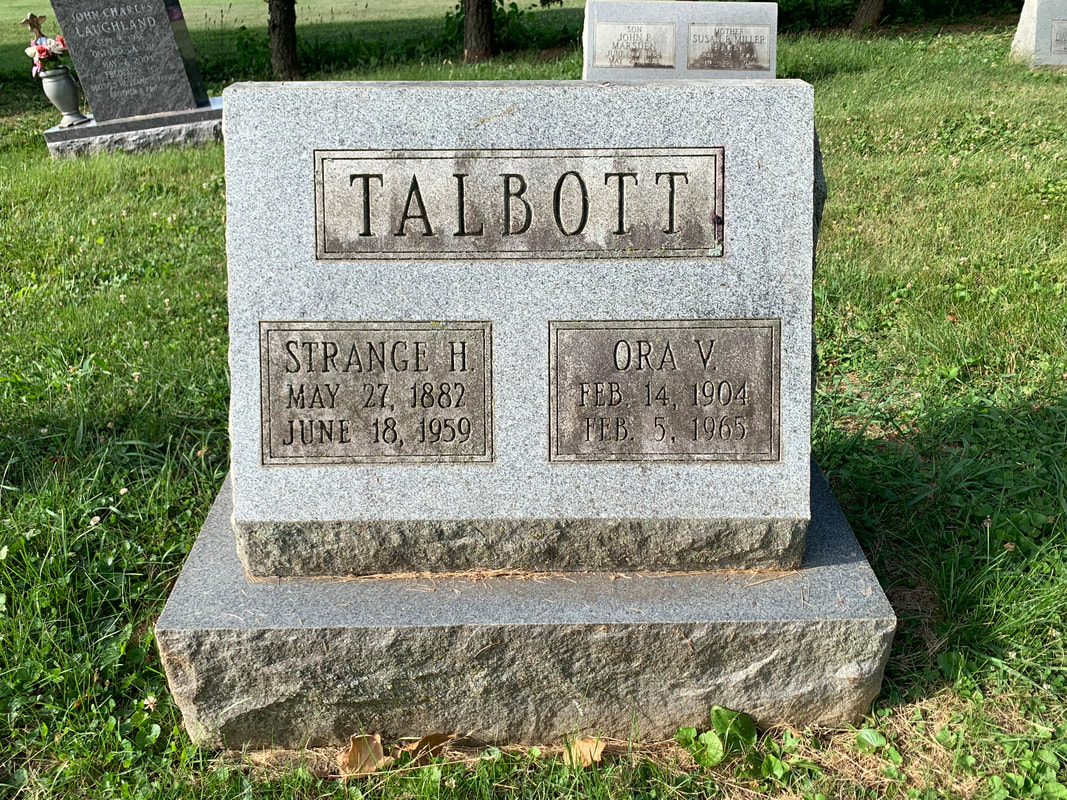
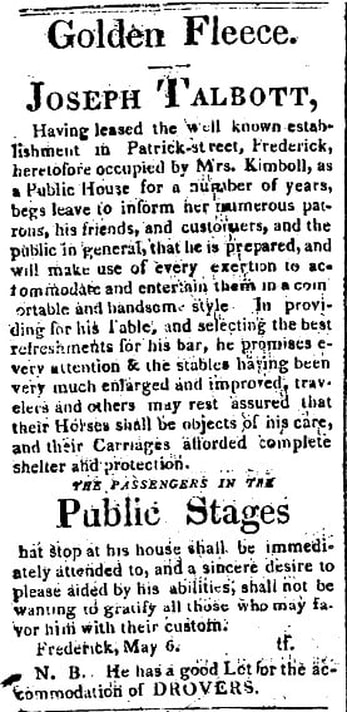
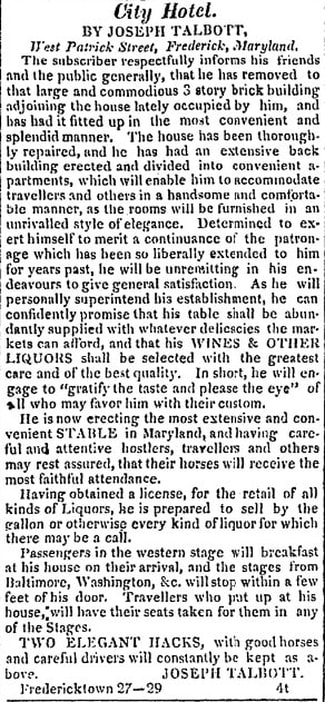
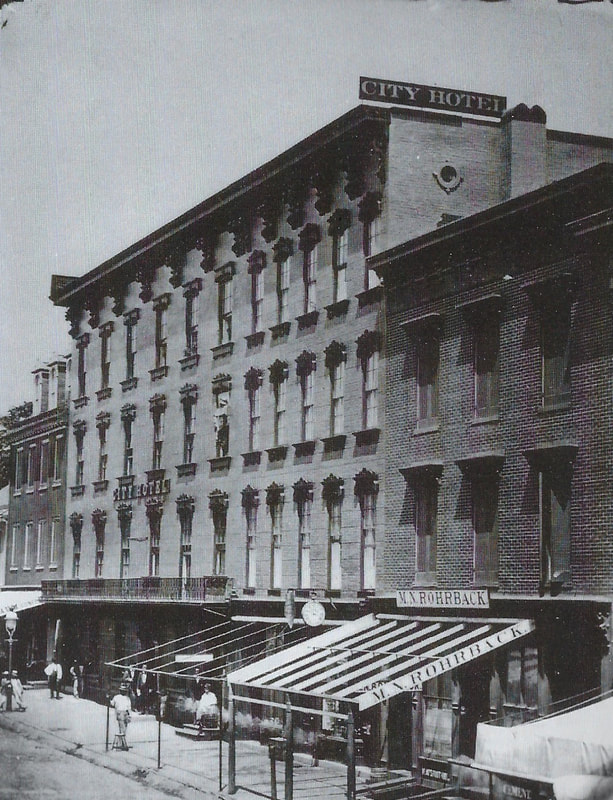
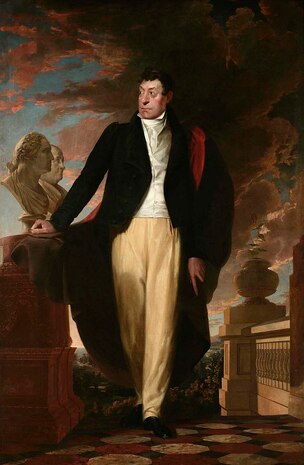
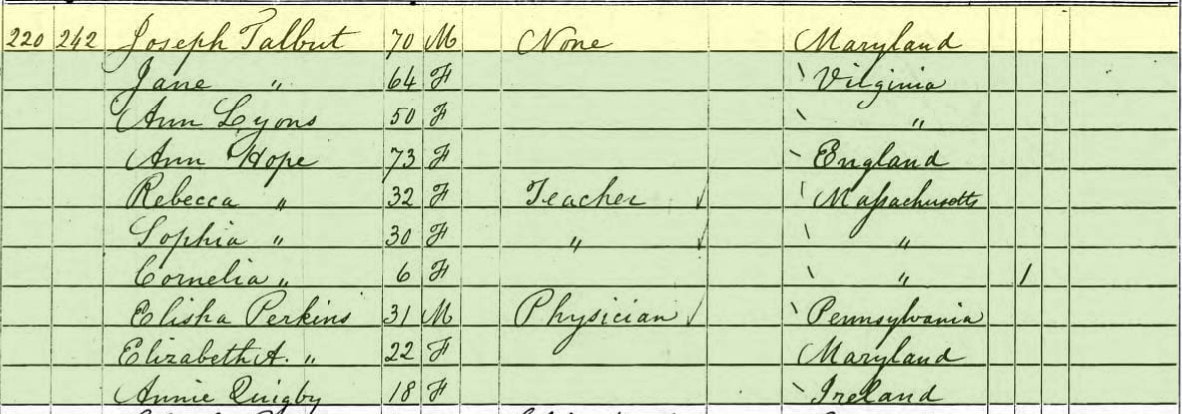
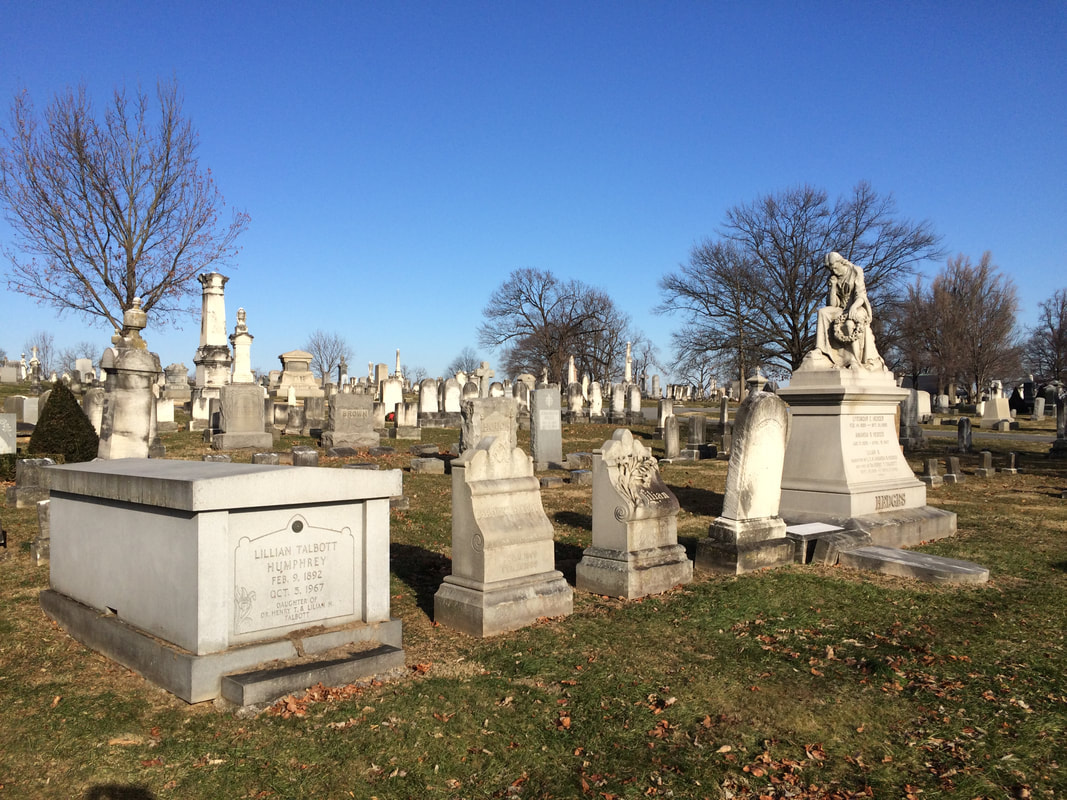
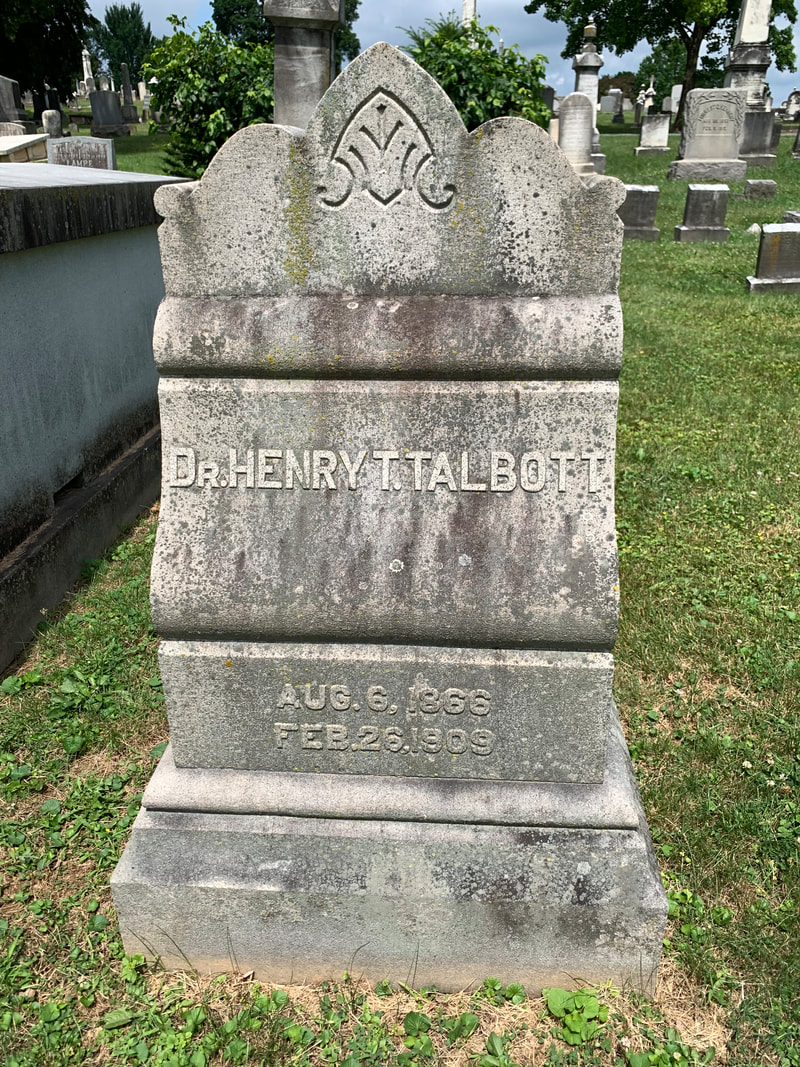
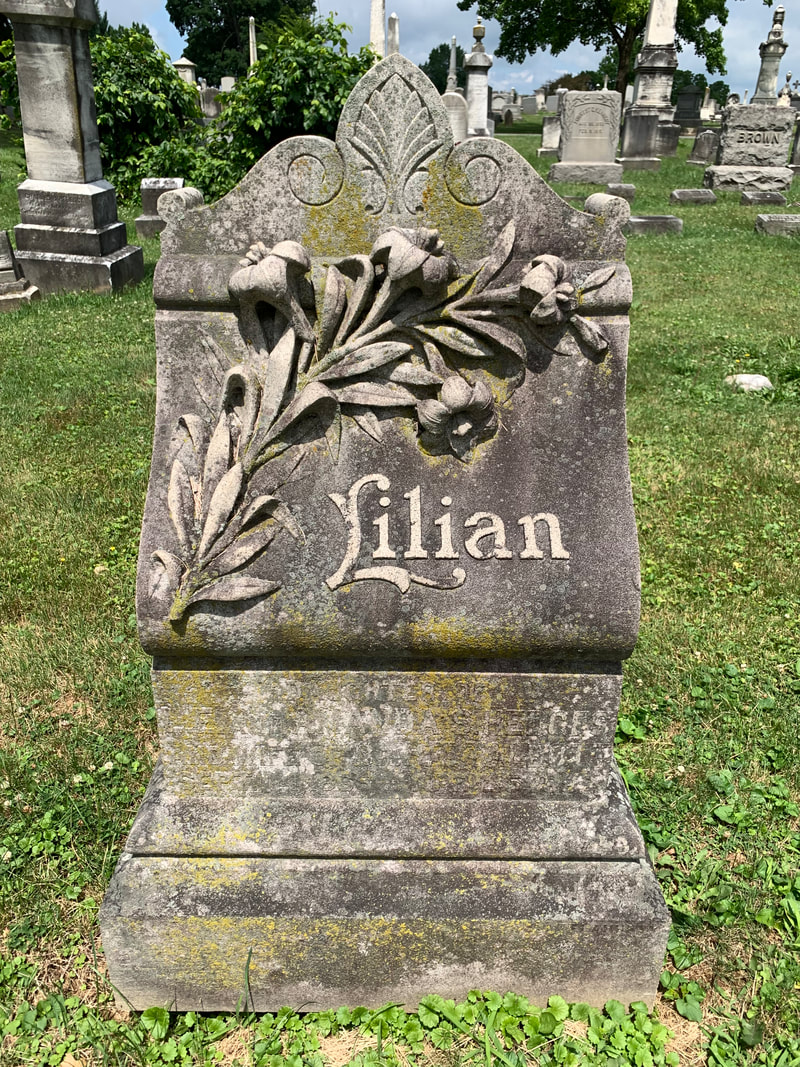
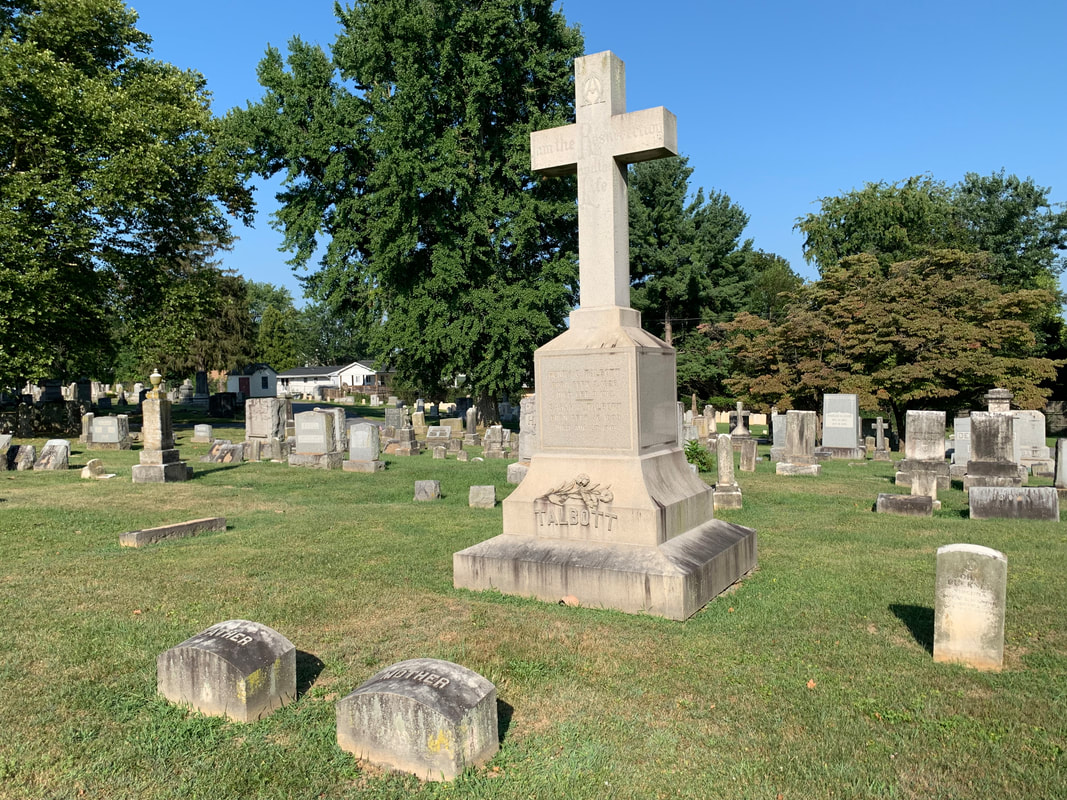
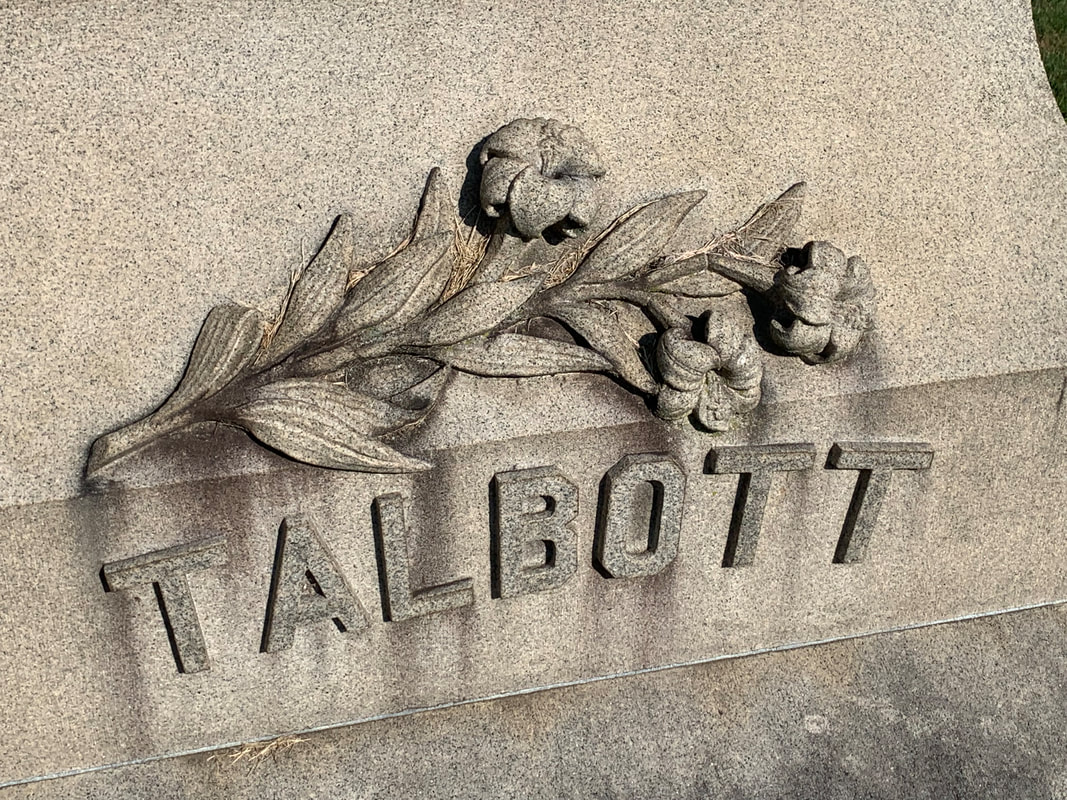
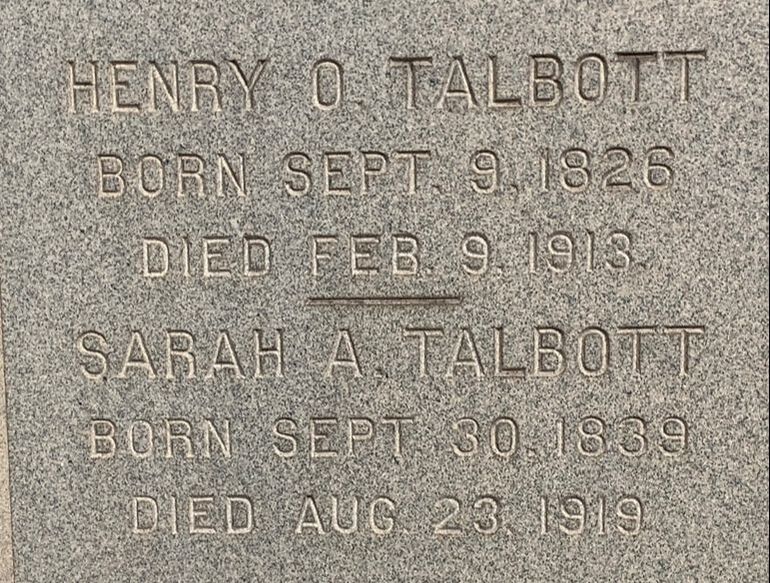
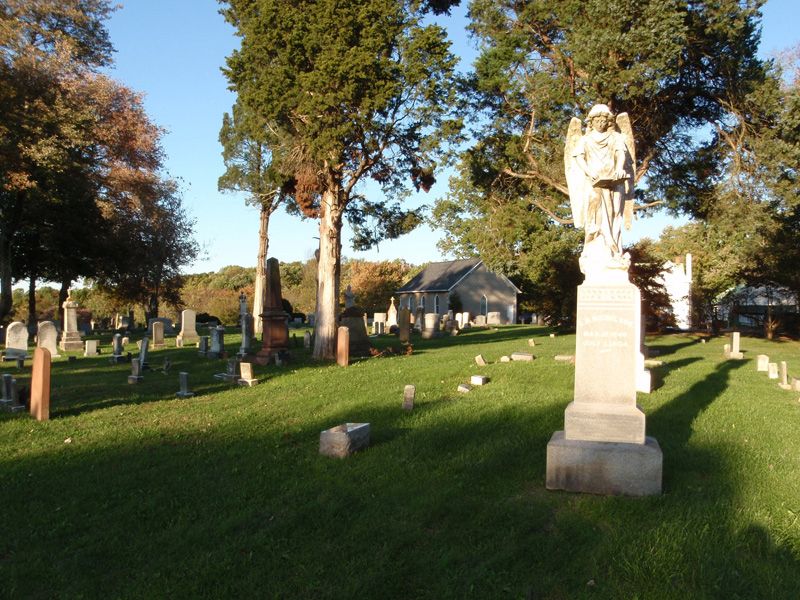
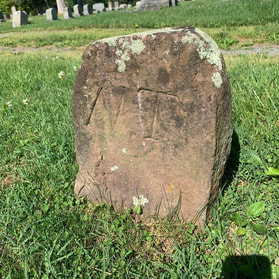
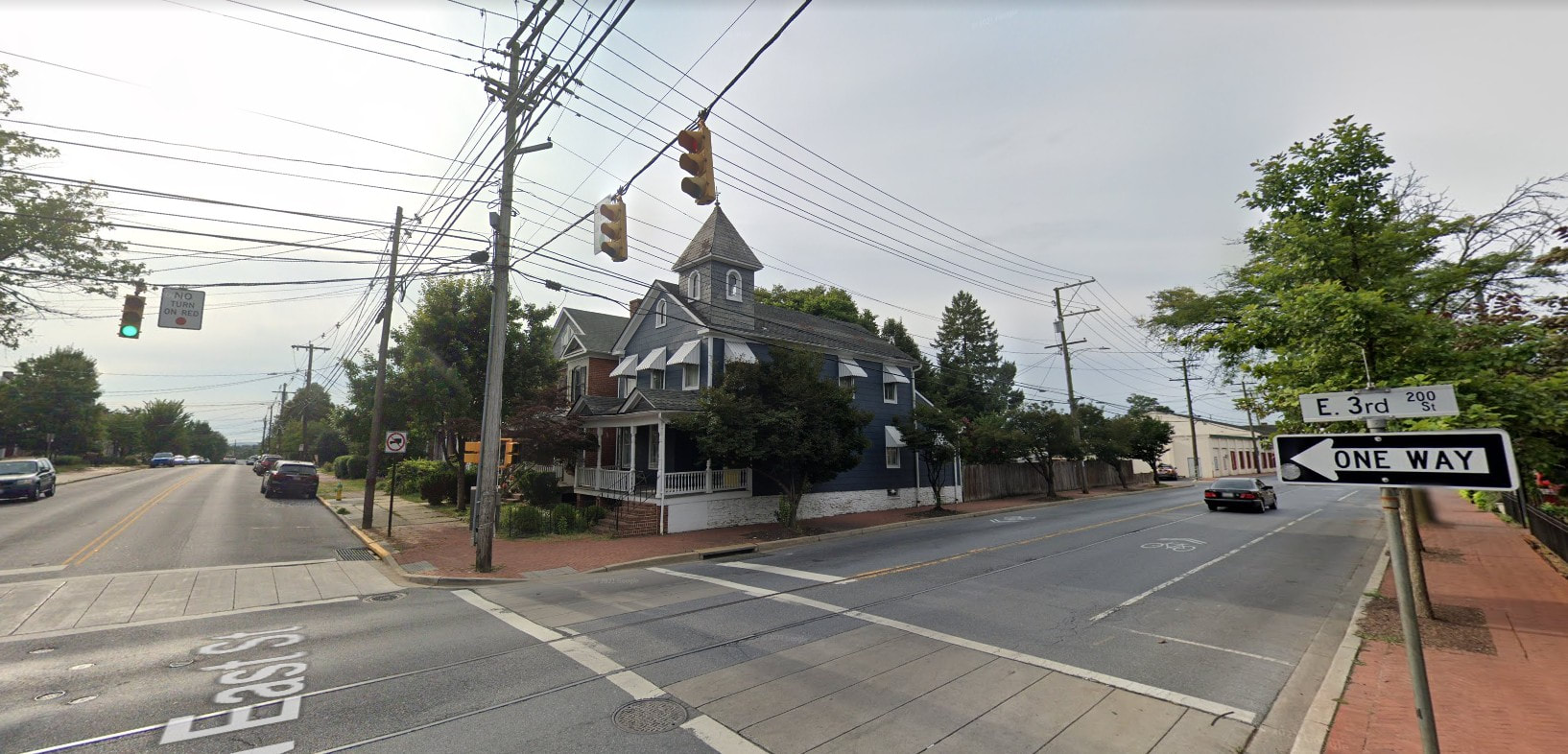
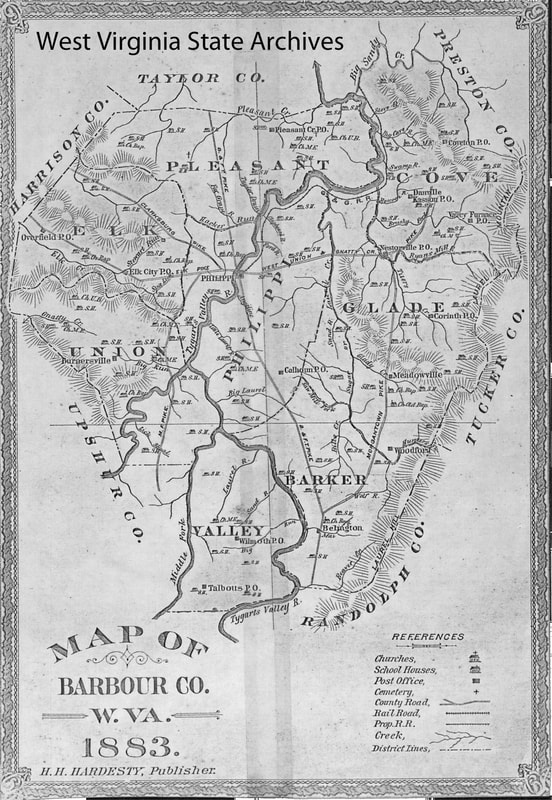



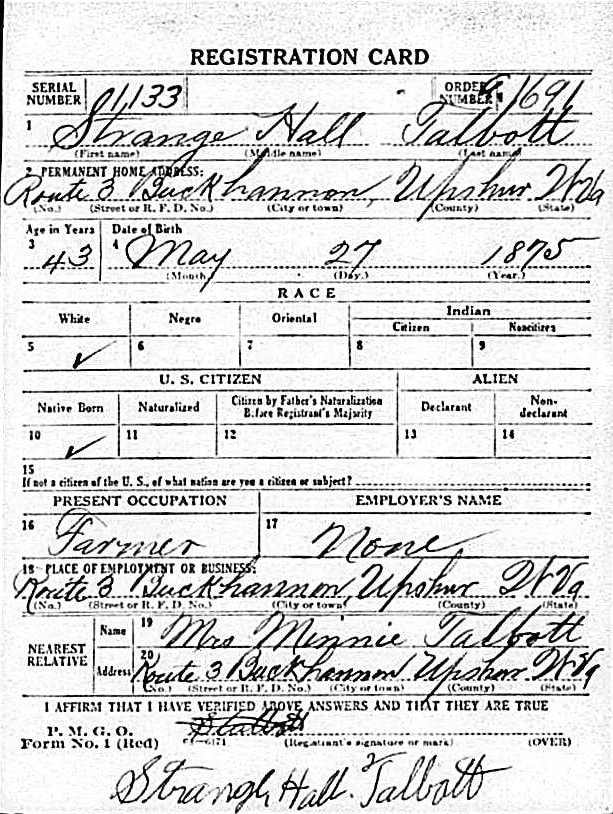
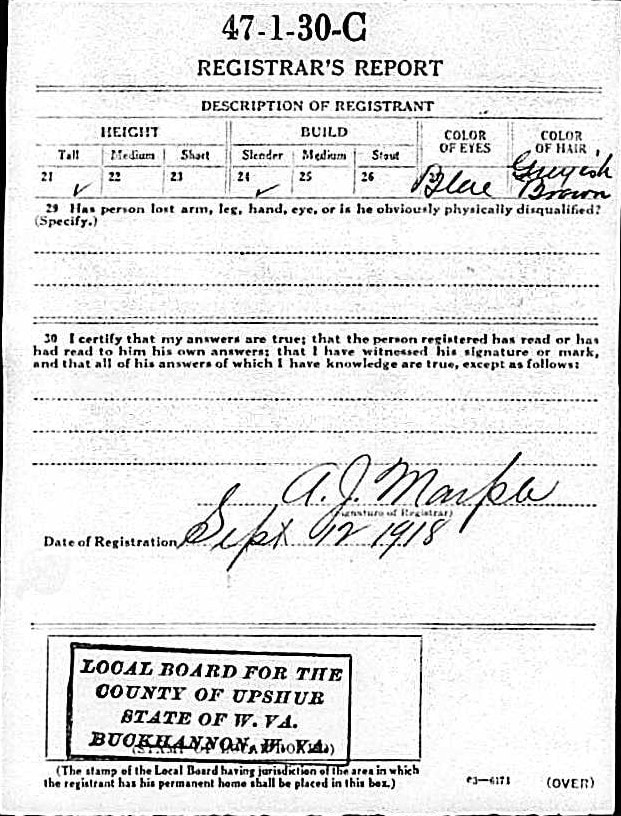


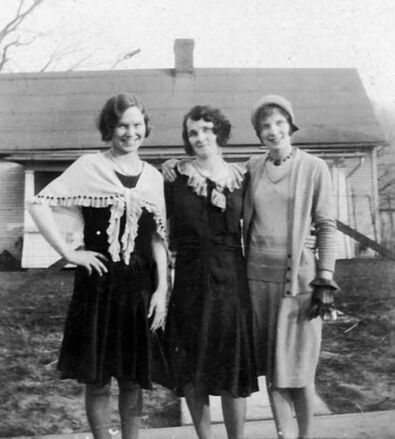


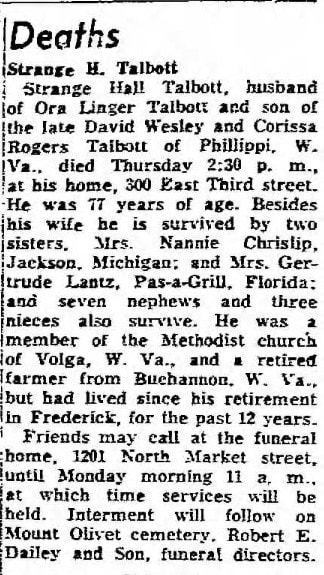
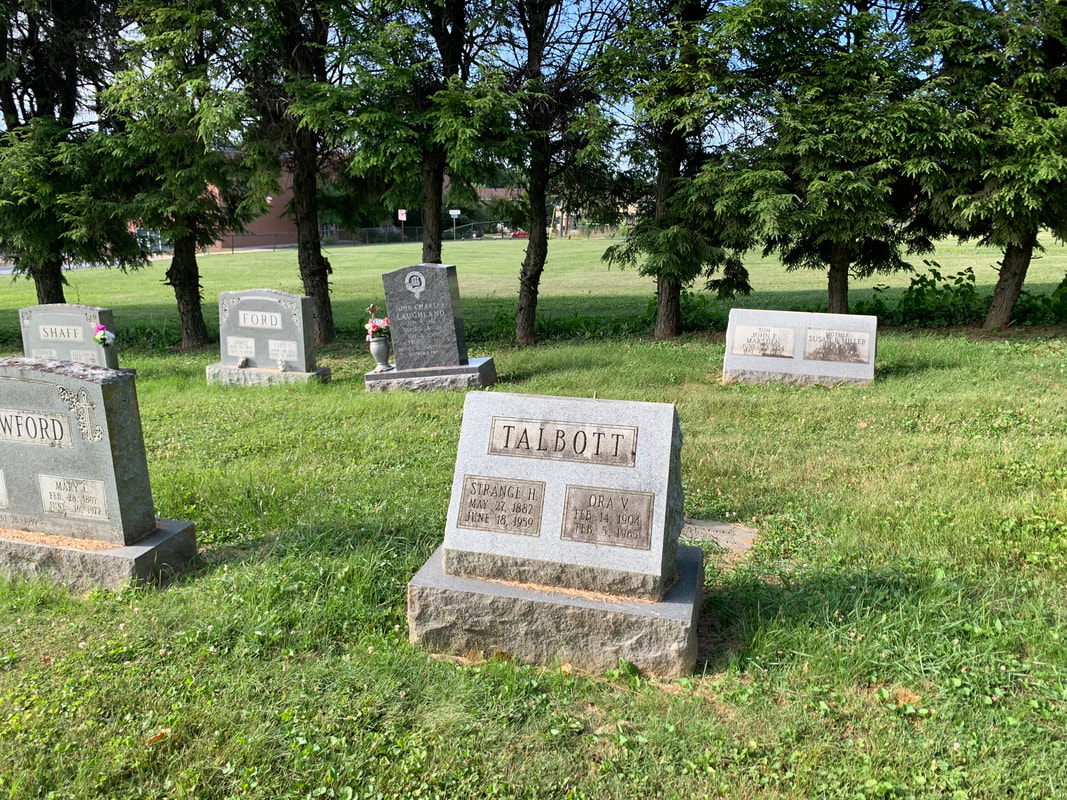
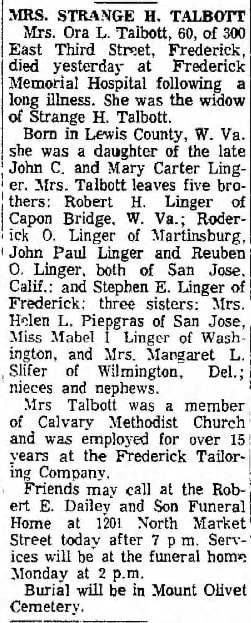
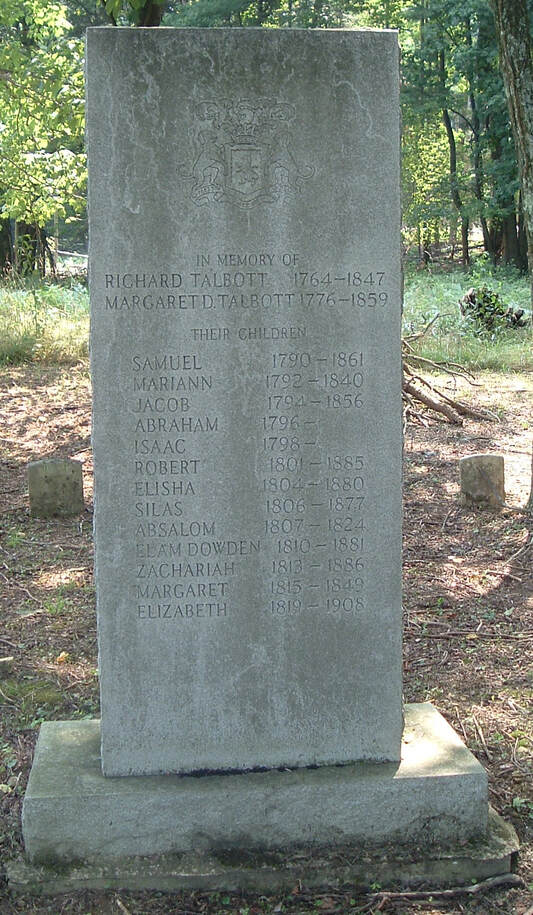
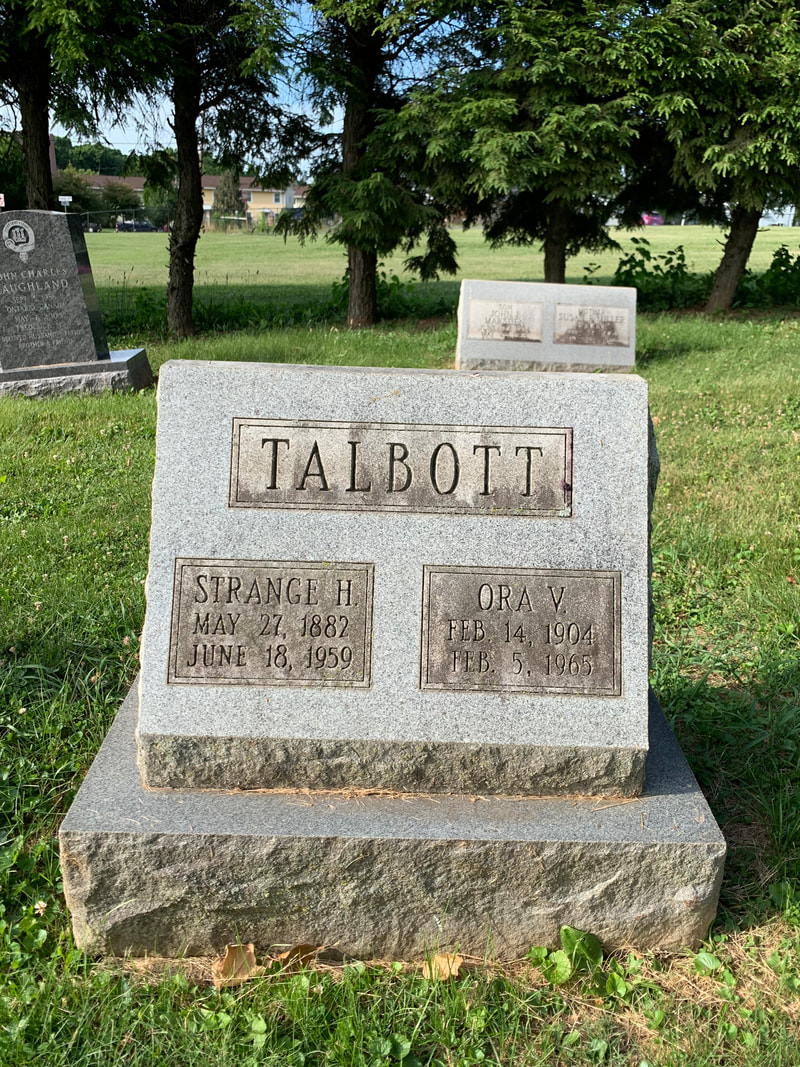

 RSS Feed
RSS Feed